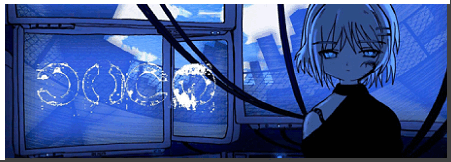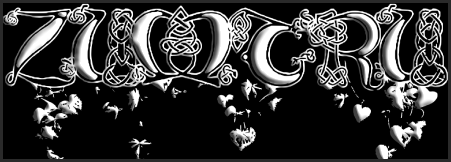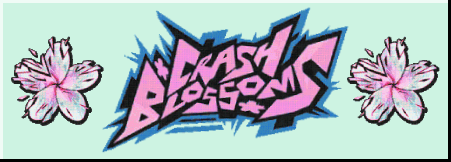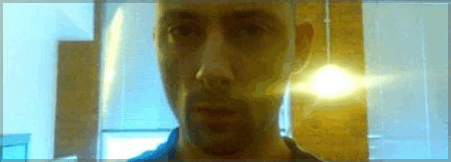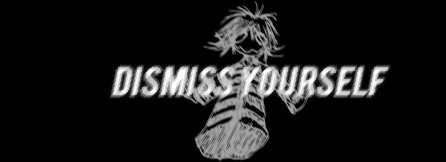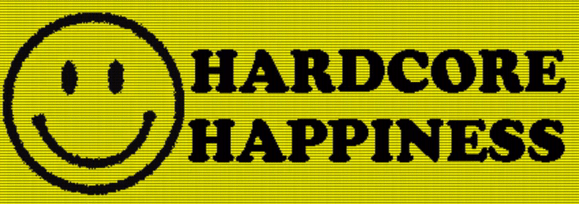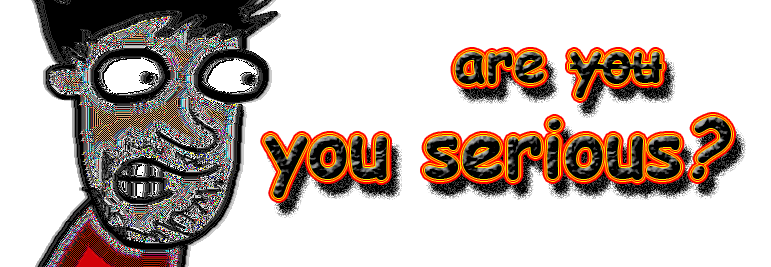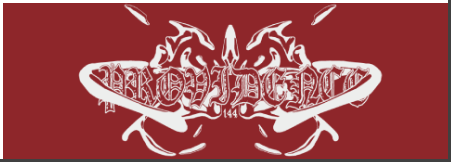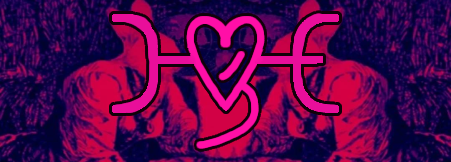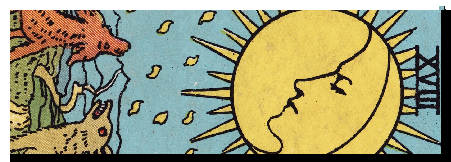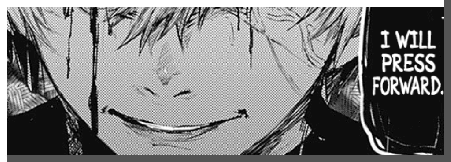August 6, 2025
CW: violence, intersex surgery, kink, forced detransiton, spoilers for Tetsuo The Iron Man and Eyes Without A Face (I should not have to add spoiler warnings for movies that came out 30 and 65 years ago!!!)
At a young age I found myself only repulsed and horrified by depictions of egregious gore and depictions of violence, finding myself especially avoidant of scenarios where I may catch my older sibling and mother chainwatching the “SAW” films, or watching the bizarrely hyperviolent Friedberg and Seltzer directed pop culture spoof films. Armed with my autistic sense of justice, it was difficult for me to derive any sort of enjoyment or entertainment from what amounts to what I saw as innocent people being torn apart for no reason. With the former, it operated under this schizophrenic fear that someone could do something like that to me, or to someone I care about, under no pretense. The latter operates on a sickly feeling that some people would treat killing and mutilating someone as some kind of sick joke. Two examples of this would be a sequence in “Epic Movie,” directed by the aforementioned Friedberg and Seltzer, where an evil version of Willy Wonka attacks the main cast, harvesting organs from them and decapitating one before soaking her head in candy coating, and in Burton’s Mars Attacks! When a woman is abducted by the alien villains, who surgically transplant her head onto the body of a small dog and vice versa (funny enough, when my father showed me this film as a kid our cable went out and it ended after this scene). As opposed to the [perceived] hyperrealism of “actual” horror it was precisely the surrealist nature of “cartoonish” horror that evoked this discomfort. These two things together formed an understanding that not only are there people who want to see these things happen to real people but especially that the most extreme horror for an individual is defenestration of bodily autonomy.
None of this was my first exposure to body horror, because of its omnipresence since the 90s. It is well known that a lot of the writers and animators of beloved late 90s and 2000s cartoons were heavily inspired by horror films. It is likely that the first exposure I had to body horror was in SpongeBob, in the first season episode “I Was A Teenage Gary” where SpongeBob is injected with a syringe of snail medicine that causes himself as well as Squidward to progressively morph into snails in “gruesome” detail, likely as a reference to David Cronenberg’s remake of “The Fly.” Funny enough, Junji Ito’s “Uzumaki,” which famously contains a snail transformation sequence, had started being serialized the previous year, although it wasn’t translated into English until 2001. Season 4 of SpongeBob also has the episode “SquidBob TentaclePants” which ends with a shot showing that Squidward, SpongeBob, Sandy, Mr. Krabs, Mrs. Puff, and Pearl have been fused into a fleshy mass, with Squidward retaining sentience as opposed to the other characters who have gone braindead. Another case of this was in the “Codename: Kids Next Door” episode “Operation: G.R.A.D.U.A.T.E.S.” in which the villain, Father, a laser beam to transform several characters into animals based on their personality types (ie his sycophantic children are transformed into sheep) and another episode “Operation: S.A.F.A.R.I." where a doctor hunts the main character through a forest and shoots him with a syringe that transforms him into a moose/human hybrid creature, with the intention to kill him and harvest the antlers for food product. Both shows I have mentioned here have two examples based on what the becoming implies. While both carry inherent dehumanization, the snail transformation and animal transformations are focused on animalization and the others are focused on monsterization.
Animalization
Yorgos Lanthimos’ “The Lobster” depicts a dystopian society in which people must find a romantic partner by any means necessary, otherwise they will be turned into an animal with a bizarre machine. Although themes of homosexuality are not touched on, it is assumable from the concept’s focus on a eugenic project that it is not allowed. The ideology behind having to find that romantic partner, always depicted here as man and woman, is that human beings have no worth unless they engage in heterosexual relationships and procreation. Anyone diverting from this norm is less than human.
Does this ring any bells?
Within queer and especially trans spaces you tend to encounter a lot of people that identify as or with animals on some level, not to say that someone like a transmasc who calls himself a “puppyboy” literally identifies as a dog on the same level that he understands himself as male, but that he identifies with traits associated with that animal which can be applied to demeanor, social status perception, or sexual habits. When I had come out as trans there was still a considerable buffer of time where transfem “Catgirls” were a popular thing. The 2010s was a pretty good time to be trans in terms of social acceptability, and stereotypes surrounding a lot of trans women being especially introverted, independent, autistic and “catlike” led to the popularization of adopting this feline personification. In the 2020s however, as violent dehumanization of transgender people and especially trans women has ramped up, the amount of catgirls has decreased and the hegemonic animal-to-be became the “puppygirl/puppyboy.” My analysis is that these are somewhat related, as dogs are generally seen as less “free” than cats. The more “oppressed” animals are usually kept in some level of “bondage." Their owners typically fit them with collars and in rare instances muzzles, and in most public places are required to be on tethers while outdoor cats are able to roam freely. This sort of “bondage” is translatable to commonly used items in BDSM (collars, gags, leashes), and how “puppy play” is oftentimes more focused on a dominant partner “training” a submissive partner like one would a dog. Cisgender and straight people who engage in BDSM related activities are typically not strangers to the idea of pet play, but especially in the 2020s there has been a very significant increase in trans interest in it, specifically puppy play. This isn’t to say that anyone who identifies as “puppy” or “dog” is innately doing so for libidinal reasons (I type this as a “bunnygirl” who holds no sense of eroticism in it) but it is my Lalondian sensibility to analyze this through a psychosexual lens. Trans people know very well what it is like to be dehumanized and with that in mind a lot of us would much rather view ourselves under an animalistic lens as opposed to bigots who see us abominations. It is well known that masochistic kinksters adore the Hellraiser series. Maybe I will update this section after I watch the 2022 entry where Pinhead is played by a trans woman?
Abominations
I had intersex qualities. A lot of my masculinization came late, I was physically frail, and I grew breasts. I was overweight, but it was more than that. At 15 I was coerced by family into getting them removed through liposuction. I was actively experiencing my own body horror story. My coping mechanism was social aggression, and violent video games which would not only allow me to mow down hundreds of faceless people, but allow me to be anything other than my rapidly deforming body. Any trans women reading this right now will understand exactly why I felt like an Abomination. Repression became a villain in my life. It’s not typically talked about as one but Jane Schoenbrun’s “I Saw The TV Glow” is subtextually a body horror film. We watch as the main character has their body masculinize and age due to repression. It’s not that being trans is just about having self understanding or being “valid” but it is about changing oneself to fit that understanding, which is obviously why so many of us are on hrt, and why trans women tend to express discomfort at transfem characters who are given largely masculine features.
It was somewhere in my late teens that I came across Shinya Tsukamoto’s "Tetsuo The Iron Man," a body horror film depicting a man succumbing to a curse which transforms him into a hybrid of man and metal, a hybrid of flesh and industrial parts. His transformation is painful and grotesque and eventually he fuses with the man who put this curse on him, turning them into a massive abomination. With their combined power they vow to change the world in their image, one of rust and iron. As a dehumanized and hated minority it is certainly possible to embrace being the abomination. A lot of trans people are very politically driven in some regard, particularly those who have had a wide array of online exposure. A great deal of us want, in some way, to destroy “the system” and rebuild a better world.
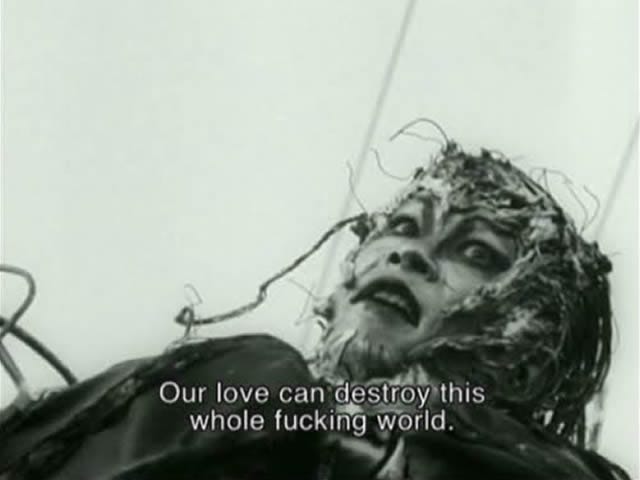
In early 2018 I met a trans woman for the first time which gave me the vocabulary to understand what I was, and that it was medically possible. Despite that I didn’t think it would be possible for me, that I was too big, too tall, that I would never come out looking right. It’s a pretty common fear to hold before you take the plunge. Something about the trans codings of the body horror in Testuo struck me though, that it wouldn’t even matter if I was an abomination. I had to live and reshape my own world from my blood and rust.
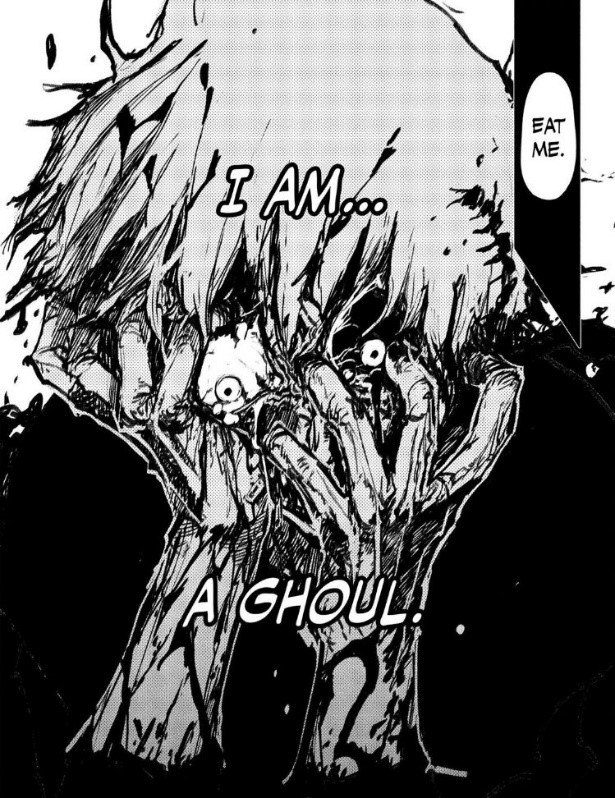
This calls into mind that some body horror is not exactly about the defenestration of autonomy, but moving past it and reclaiming it. In Lloyd Kaufman’s “The Toxic Avenger” the protagonist Melvin is deformed by toxic waste, but it turns him into a beloved hero and gets him a girlfriend. This parodies the amount of superhero stories where the hero gets deformed in some freak science accident and becomes superhuman (ie The Hulk, The Thing from "Fantastic Four") which fits into this all the same. The game “Bioshock” features human characters who have mutated through use of a toxic plasma “ADAM,” but many of them embrace their unexpected transhumanism. Sui Ishida’s “Tokyo Ghoul” frames its protagonist Kaneki’s transformation from a human into a ghoul (a vampire-like human who can only eat human flesh) in a Kafkaesque manner with many references to “The Transformation,” but with its parallels to queer liberation stories he is eventually to embrace his role as the abomination, rather than be entirely defenestrated like Kafka’s Gregor Samsa, who turns into a bug and eventually dies due to his family’s neglect. The former is relatable, but the latter is downright terrifying.
Pinocchio Complex
Mapping trans allegory onto Pinocchio makes it function well as a body horror story, and that’s besides the whole donkey transformation sequence present in virtually every adaptation of it (besides “964 Pinocchio”). Pinocchio functions as a sentient being who is very literally “born in the wrong body” despite not being built for it, and dreams of becoming a “real boy” while being mistreated for his form. Isn’t this a little on the nose?
Early on into transitioning one of my favorite films was Georges Franju’s “Eyes Without a Face.” Christiane gets into an accident caused by her father, a plastic surgeon, and has her face disfigured. Out of guilt he kidnaps women and unsuccessfully attempts to graft their faces onto Christiane’s, something she never asked for. Christiane instead wears a mask over her face. Eventually she frees one of her father’s victims and his lab animals, and exits the house with a dove on her shoulder as metaphor for her freedom. This closing scene was incredibly emotional to me as a newly out trans woman because of how I felt like Christiane. Being transfem is all about other people trying to decide for you that you are broken, that you must be hidden from the world, and that they know better than you in order to enforce the expectations of performative beauty they want. Christiane’s father thinks he knows her sense of gender better than she does, like how many trans women have family attempting to enforce masculinity, or in some cases where the parents are supportive, performative femininity. A lot of us develop a Pinocchio complex, where we are mistreated to the point that we have to prove even to ourselves that we are “real.”
Changing Interest
As I’ve gotten older my relationship to this sort of media has changed. I no longer derive the sense of dread from the denied becoming presented in things like I Saw The TV Glow, but instead from the sense of dread from the possibility of unbecoming. The defenestration that comes with being forcefully detransitioned is just about the scariest thing I can possibly think of happening to someone like myself, yet for so many trans people this is the reality. In prisons in many places trans women are denied medical care and hrt, or have their heads shaved. The thing I really like about horror in general is that it’s such an excellent medium to viscerally capture political metaphor and how marginalized people experience the world but nothing I've seen yet has captured this feeling. As it stands the majority of trans oriented media is focused on becoming, not lived experience, and not unbecoming. Unbecoming is miserable and taboo to depict, but it’s not like horror is interesting because it’s uplifting.
